SCREAM VI (2023)
The survivors of the Ghostface killings leave Woodsboro behind and start a fresh chapter in New York City...
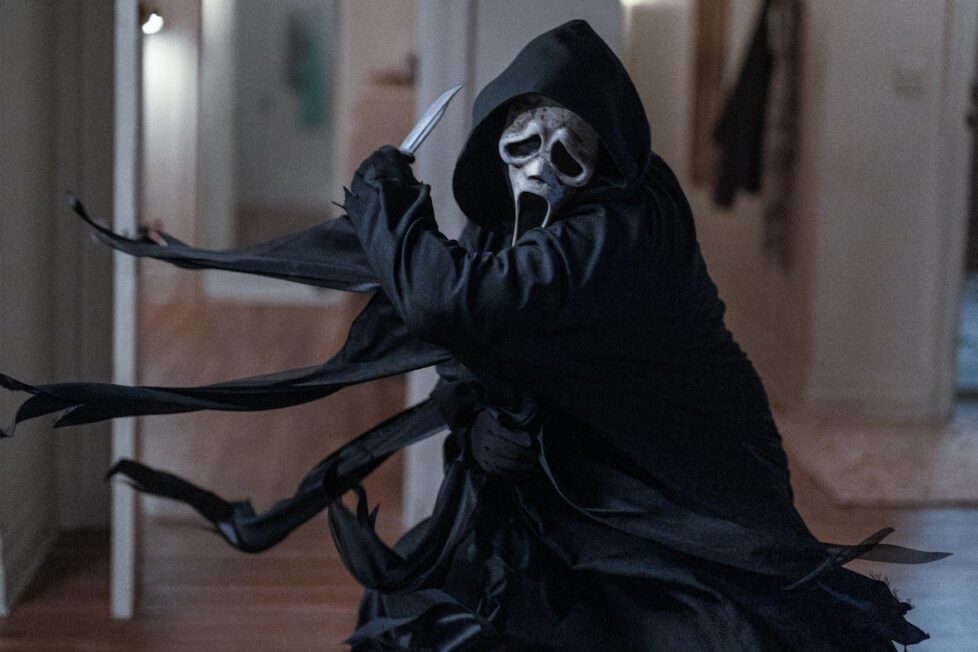
The survivors of the Ghostface killings leave Woodsboro behind and start a fresh chapter in New York City...


There’s a sequence halfway through Scream VI in which our core characters find themselves on a subway train in a mad scramble to escape yet another masked killer. They stick closely together as the lights buzz on and off, keeping a watchful eye on their fellow passengers—all of whom are wearing Halloween costumes. Not the copyright-avoidant rubber masks one might expect, but specific and recognisable cultural icons like Michael Myers, Freddy Krueger, The Babadook, and Pinhead… all filling the grimy carriage like a low-rent horror convention… and amongst them are several Ghostfaces…
In a sly decision, the preternatural face(s) of the Scream films get lost in the shuffle of nightmares. All the things that once made you squirm will end up making you shrug. Eventually, Freddy became a rapper, Myers a Celtic zombie, and so Ghostface has multiplied so its creepy visage populates every street in every town on 31 October…
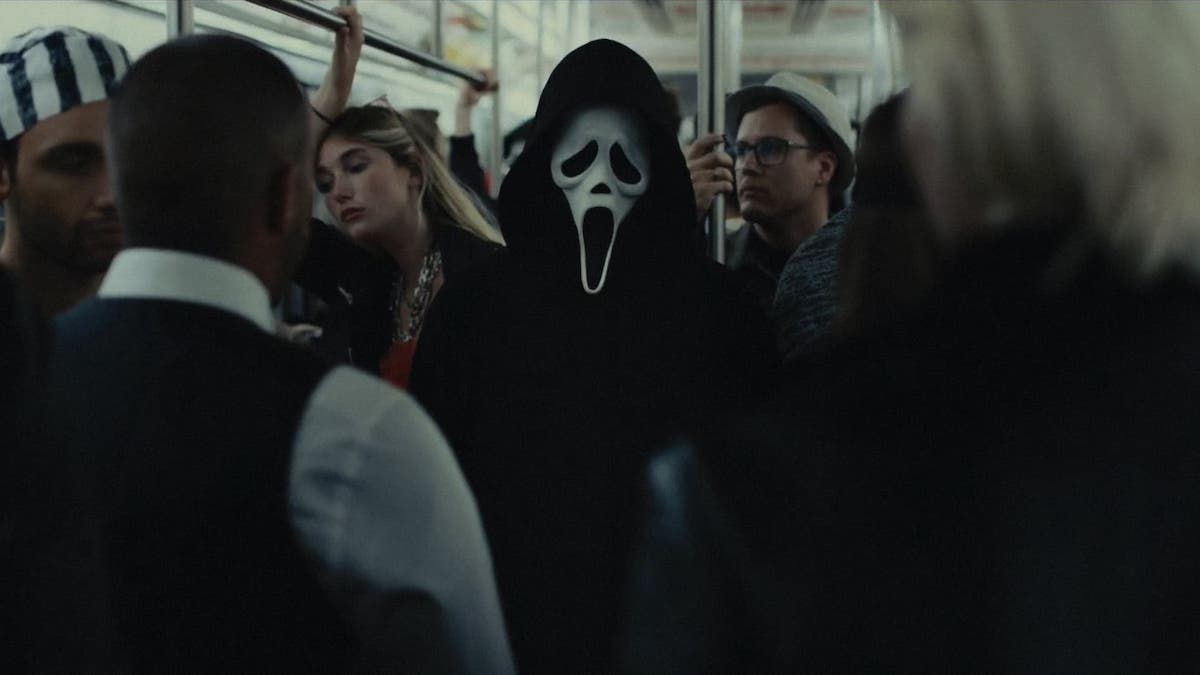
So you embrace it. Since you’ve seen Ghostface’s image a hundred times in the last year—on posters, on the shelves of knock-off bargain shops, on deluxe and indulgent vinyl record releases—then Scream VI uses that prolificness as an arrow in its quiver. Here are numerous Ghostfaces, and the terror’s in not knowing whether it’s a threat or a joke, a friend or foe. By now, the filmmakers are fully aware of the audience’s savviness to their tricks; if the intensely Gen X creed of the first Scream (1996) was “don’t trust anyone”, then surely by now it should read “don’t trust anyone, especially filmmakers.”
The subway stand-off is one of several exemplary set-pieces that our ‘core four’ find themselves in, and the strongest. The ‘core four’ nickname represents the survivors of last year’s underrated but bafflingly titled Scream (2022): sisters Sam Carpenter (Melissa Barrera), her sister Tara (Jenna Ortega), and twins Chad (Mason Gooding) and Mindy (Jasmin Savoy Brown).
Still reeling from the Woodsboro Massacre, Sam follows Tara to Manhattan, where she’s attending college with Chad and Mindy. Sam is also seeing a therapist, who wastes no time in reporting her to the cops when she reveals her worry isn’t that she was forced to stab her last boyfriend 22 times (a number that miraculously snatches a laugh from a horrendous scenario), but that she enjoyed it. Meanwhile, her younger sister is boozing and repressing, to the frustration of Sam.
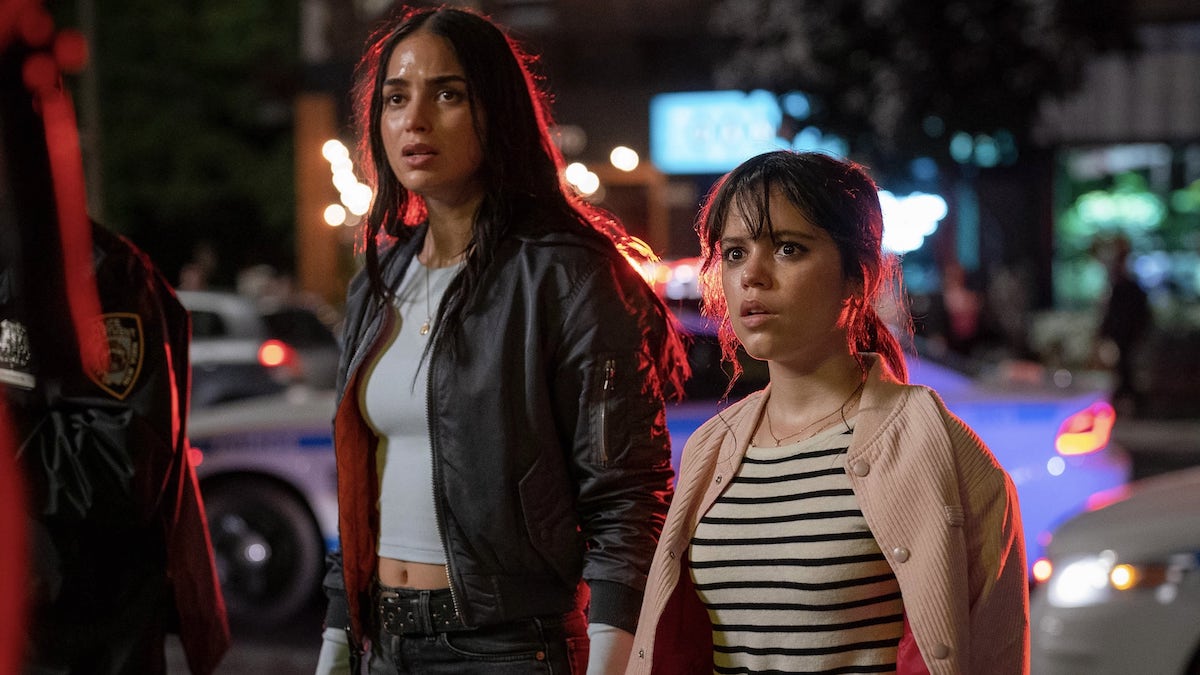
Their dynamic begins on an interesting note: how responsible is Sam for Tara’s safety, and how can there be a ‘correct’ way of moving past a tragedy? But this quickly becomes repetitive, the writing not up to scratch when it comes to providing the sisters with much of an internal life. It hits the same beats as Scream ’22, which unfortunately means the return of a digitally de-aged Skeet Ulrich as a sort of smooth-skinned VFX devil on Sam’s shoulder (we found out last time she’s secretly the daughter of the original’s villain) prodding her towards her supposed killer tendencies. It’s supremely silly, but that’s not the problem. The problem is that it isn’t an interesting angle.
While Ortega brings a life and spark to an underwritten role (which, funnily enough, could describe her breakout role in Netflix’s Wednesday), her sisterly scenes are hampered by a barely registering Barerra. I’m not of the opinion that Neve Campbell should always return to these films, as her story feels finished and there’s little need to get hung up on the past. However, where her absence is most keenly felt is with Sam, not just in performance but in writing. Sidney Prescott shouldn’t be the protagonist in a sixth instalment, but it’s hard not to miss such an interesting and well-developed character when Sam falls comparatively flat.
More frustrating is the decision to re-introduce Gale Weathers (Courtney Cox) in the exact same mode we’ve found her in every Scream sequel: as a craven (no pun intended) exploiter of true crime and its victims, before, inevitably, redeeming herself in action. It’s always enjoyable to see Cox wringing out a few more drops of cattiness as Weathers, but it feels time for Scream to move on from its legacy characters. With one foot moving forward and one firmly in the past, there’s a frustrating sense that Scream will nearly always end up exactly where it started.
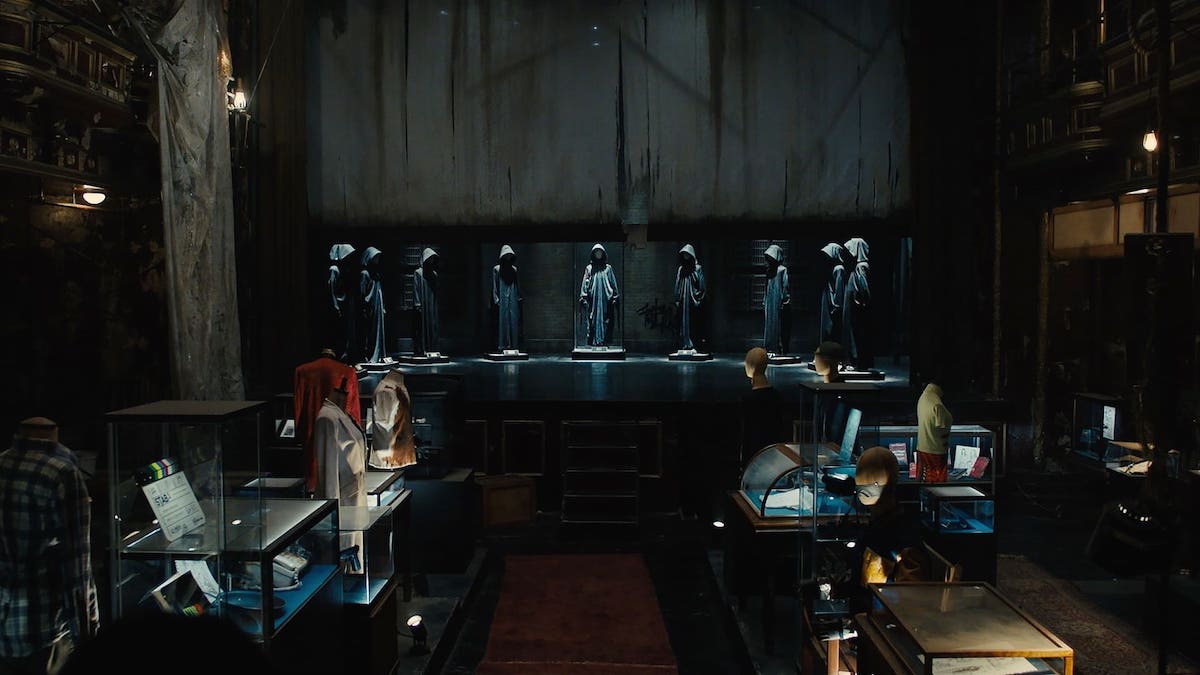
Scream ’22 and Scream VI are more successful with the peripheral characters. Jasmin Savoy Brown has been quietly turning in terrific work since The Leftovers (for my money the best show of the last decade), and here she’s delightful and funny with the tricky role of providing some comic relief whilst also functioning as the heart of the story and the voice of the audience. She pulls it off with effortless aplomb. Mason Gooding also brings a winning handsome-goofball energy to Chad, counterbalancing Mindy’s sardonic one-liners. Just as in the previous film, they’re again the standouts of Scream VI and the true inheritors of the movie’s most endearing qualities.
Though the circumstances of each character living a stones-throw away from each other is a little forced, everyone is where they need to be when the action gets going, without much extraneous table-setting that often accompanies sequels. This momentum is capitalised on throughout, as the film’s runtime whizzes by at a lively clip not felt since Scream 4 (2011).
The joie de mort is apparent in the opening, a brilliantly subversive upending of expectations that uses clever casting, as-yet-unexplored locations, and reveal after reveal in superb fashion. A later sequence that involves apartment windows cleverly evokes Rear Window (1954) in its sense of voyeuristic helplessness, and makes use of space and camera movement far more inventively than the previous film in the series. It’s a reminder that slashers often operate at their best when they work from the same toolkit as the suspense pictures that predate them.
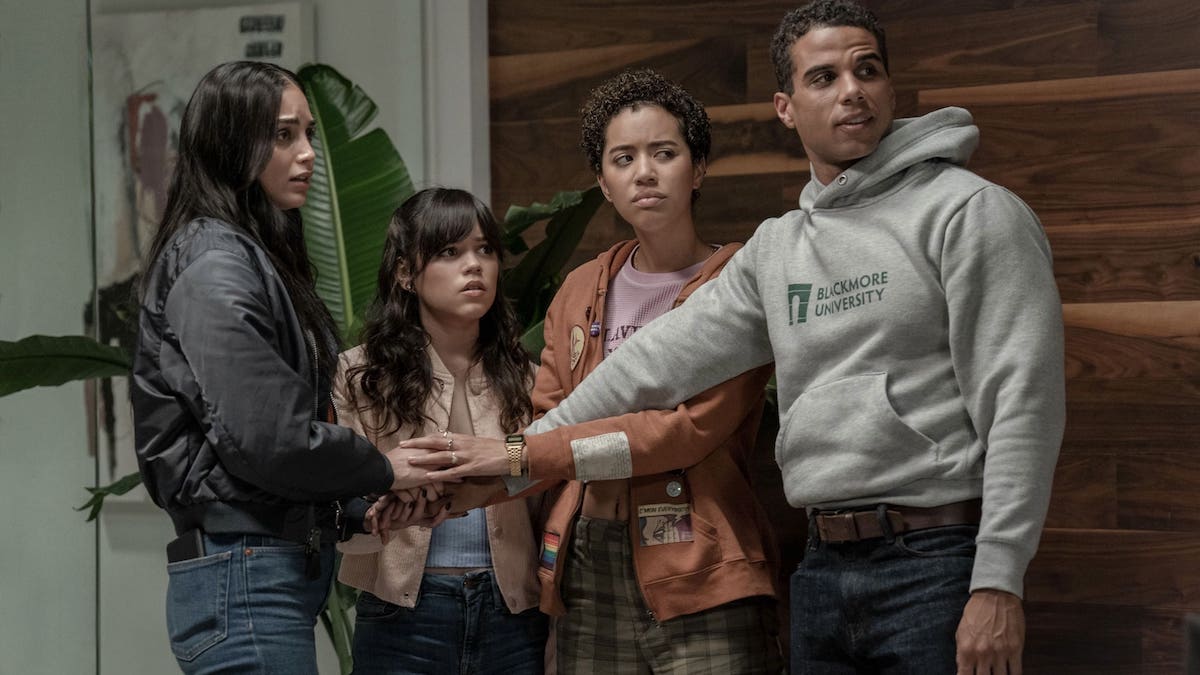
We’re reminded in the sequences that directors Matt Bettinelli-Olpin and Tyler Gillett are the duo who made the fantastic Ready or Not (2019), with New York City providing smaller apartments and tighter spaces for the action to unfold. As is the case in Ready or Not, this allows for excellent geographical playfulness. The bodega scene in particular is a brutal, close-quarters stand off that uses a real-world location and a shotgun for unsettling verisimilitude.
Also clever is the use of NYC as a sort-of inescapable jail—after the first string of murders, the group are forbidden from leaving the island by detective Wayne Bailey (Dermot Mulroney). Escape from New York (1981), Cloverfield (2008), and even the final season of Search Party all posited different boroughs of the City as semi-hellish prisons, and Scream VI adds nicely to the canon.
Scream’s appeal to our innate fear and distrust of people is explored via the brutality of a place in which corner shops can be shot up, and anyone, no matter the context, can be filmed at any point during their day. You reads about a shooting, shake your head, and scroll on. You see a video of someone losing their temper, you sneer and scroll on. If it’s a woman, maybe you even leave an aggressive comment. This is what Scream VI suggests is at the heart of our ugliness, a cultural violence wearing an anonymous digital mask and using it for dehumanising cruelty. This isn’t a problem of a city rather than a rural town, of course. There is nothing but condescending (and often bigoted) hand-wringing to the suggestion that life in the city is especially dangerous, and that country living in contrast is kind and virtuous. Violence happens everywhere.
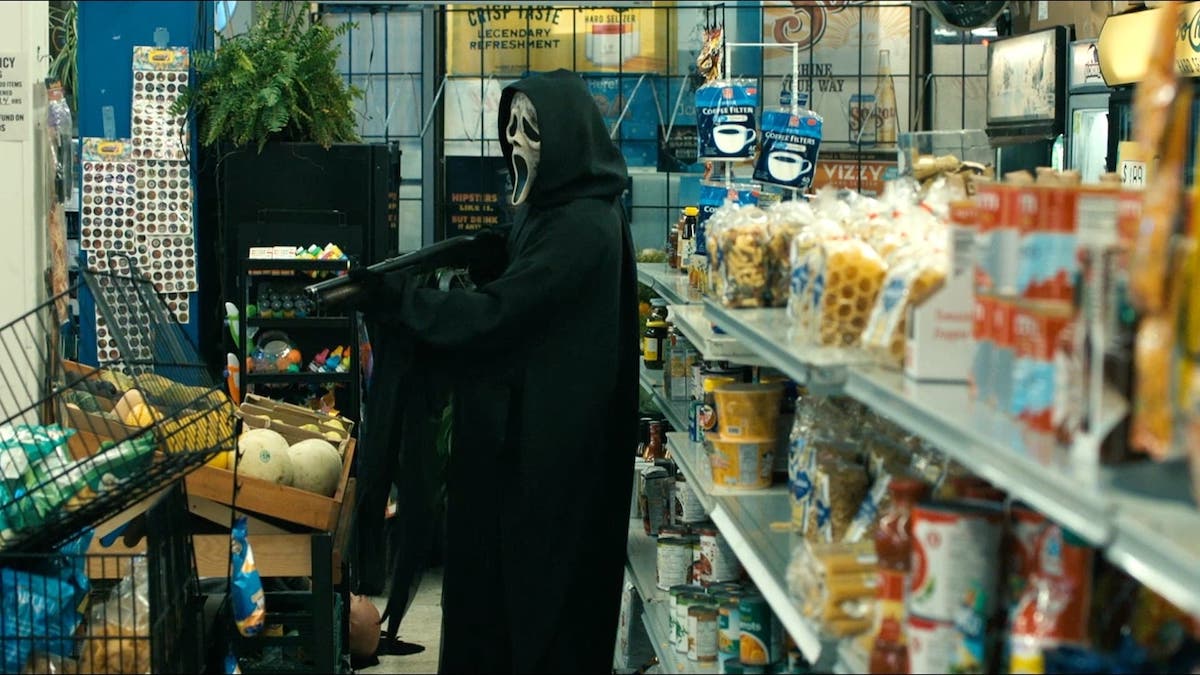
But in a city perhaps the ugliness is amplified by the fact that everyone is constantly in everyone else’s way. Back in Woodsboro, there existed the terrifying thought that Sidney, all alone in her house, a mile away from anyone else, could be attacked and that nobody would come and save her. In the city, it is the fear that you could be attacked and nobody would even notice you in the crowd. If Ghostface can blend in, then surely a victim can too.
It’s an intriguing line of inquiry, but one can’t help but notice it’s also a familiar one. In fact, if you read the description above of the subway sequence, you might very well have shouted “CRAVEN ALREADY DID IT IN SCREAM 2!” And you wouldn’t be wrong. Scream 2‘s iconic opening sequence, which took place in a cinema, is basically reworked for the subway here, while the supposedly novel idea of moving the action to another town was already explored in Scream 2 (1997) and Scream 3 (2000) respectively.
Originality is hard to come by in slasher sequels, and often Scream VI feels beholden to the past entries in ways it can’t seem to break out of. When it’s time for Mindy to once again go over the rules for the film, one begins to wonder how they could so clearly omit the rule that’s actually governing Scream VI, which is that the template, including the rule that the rules must be discussed, must fundamentally not be deviated from. At this stage, wouldn’t a genuinely subversive Scream film have characters throw up their hands and say they have no clue what the rules are anymore?
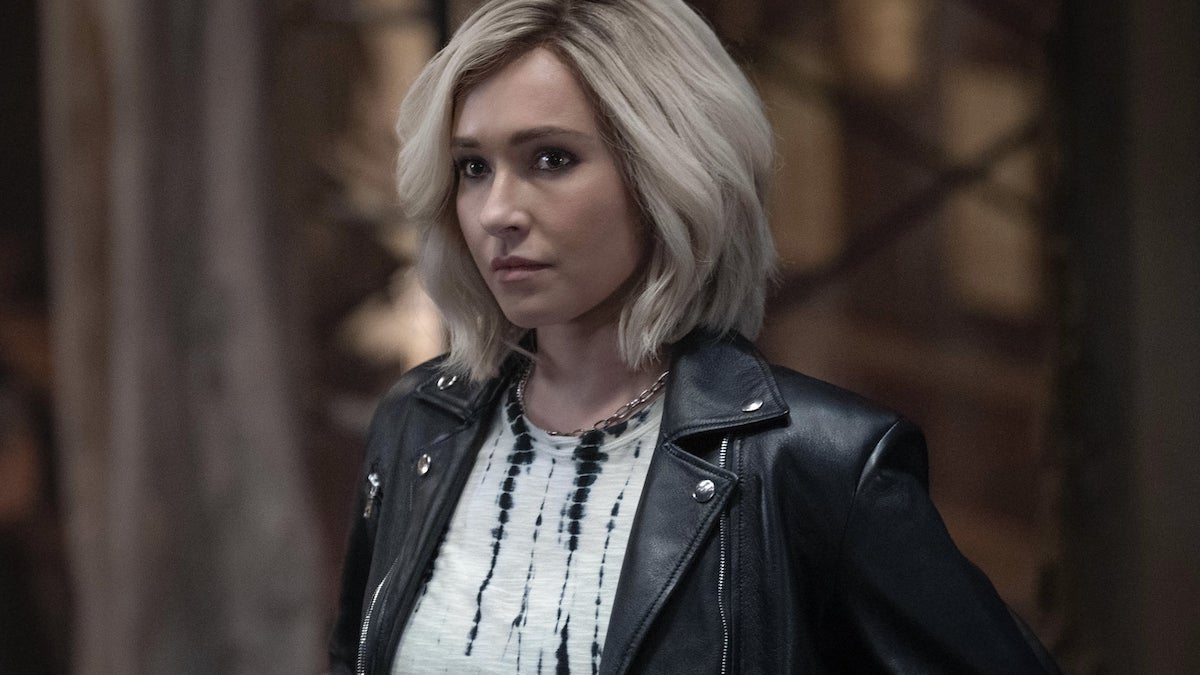
The film further gives in to the comfort of the past by bringing back Hayden Panettiere as Kirby, whom we last saw in Scream 4. This is a callback that works; the tough horror buff has slowly evolved into a fan-favourite, and when Sam really begins to bore, Kirby’s introduction provides a genuine ray of sunshine. It’s fan-service certainly, and far-fetched fan-service at that, but Panettiere is up for it and makes it work somehow.
Other additions to the cast mostly drift by without impact, existing, as the film mentions, to up the body count. And the body count is suitably high. The new era of Scream is more violent than Craven’s films ever were. What they lose in wit they attempt to make up for in brutality, and this is perhaps the most gruesome entry yet. Where Craven’s killings made you feel his deep sadness at the pointlessness of violence (who of us will ever really get over Randy’s death in Scream 2?), there’s a glee to the carnage here.
As the film moves somewhat prematurely to its final standoff, our bloodlust has been satiated and we’re hungry for the prestige. The finales in these films are almost an in-joke amongst fans, impossibly convoluted denouements that often push the films into the realms of Murder, She Wrote campiness. Scream VI successfully embraces this campiness, even if the reveal itself is lacking in genuine surprise. If the film’s opening is happy to buck tradition, then it feels like such a wasted opportunity for the film not to do so again here.
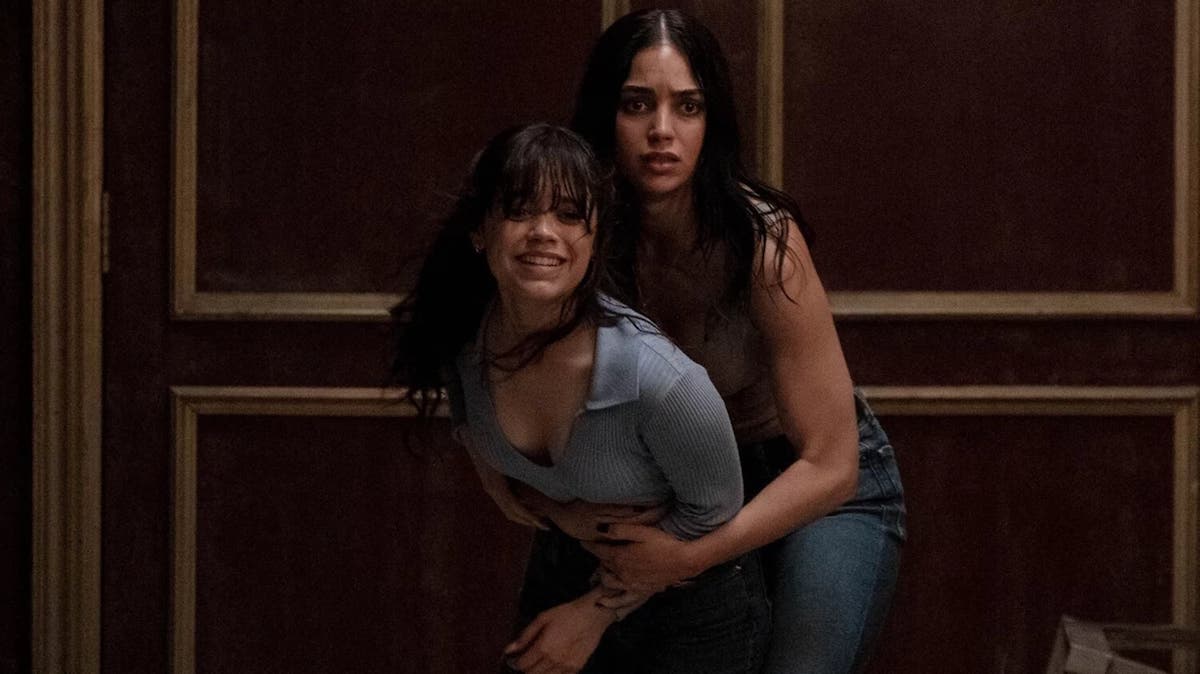
Even more frustrating is the lingering sense that everything once again is reset; the ambulances roll in and we know that in a year or so it’ll all kick off again. Halloween Ends (2022) was, in my estimation, a brilliant and irreverent takedown of what slashers had become; in its own way, more of a Scream film than any since Craven passed away. I kept thinking of Halloween Ends while Scream VI played out—while you might call it satisfying, what it feels truly in need of now, especially six films into the franchise, is the boldness of Ends. The meta-ness is fun, of course. Who wouldn’t smile at seeing Jason Takes Manhattan (1989) play on a character’s TV screen? It would not be a Scream film without these touches.
But it doesn’t feel like enough. On a craft level, it’s as fun and mean a slasher as we’re likely to get this year, but this is Scream, and at this point it feels like it hits mostly glancing blows compared to Craven’s deep cuts. Part of the problem is that the original run of films didn’t have a real low point. Even Scream 3, generally considered the weakest of Craven’s original films, is secretly a contender for the most important one of the bunch. Scream ’22 and Scream VI aren’t trying to retcon or fix anything, they are simply continuing. That is a mighty task for any filmmaker to take on.
I spoke to a friend after I left the screening of Scream VI and mentioned it felt kind of unimportant. I was beginning to think of it as Halloween Kills (2021)—the frivolous and gruesome middle chapter that preceded Halloween Ends. My friend pointed out “inessential is fine, most slasher sequels are!” and he had a point. How I’d first felt about Kills has now drastically changed. I found it disposable and bereft of ideas the first time around; now I find it tremendously stupid fun, almost a bonus feature to the first of those David Gordon Green films. So, now I find myself in the quandary of summarising a film that is clearly not the end of a story, rather a stepping stone to whatever comes next.
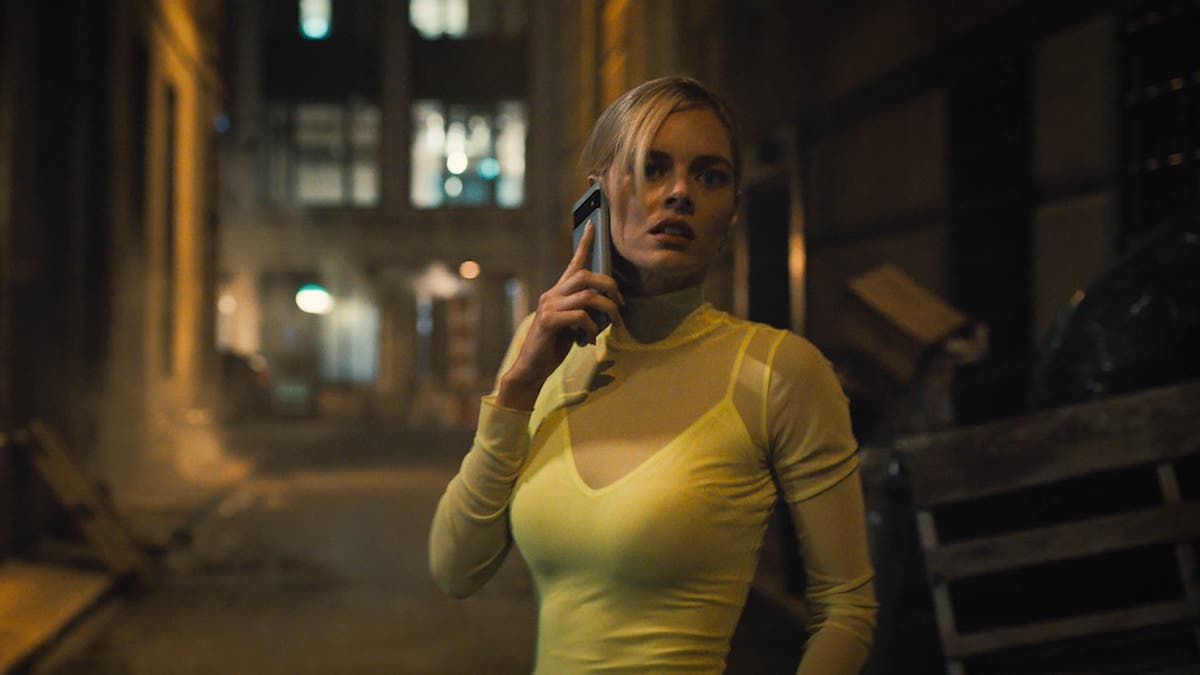
Horror fans—especially the slasher contingent—always have strange and changing taste (I include myself amongst them). Scream VI even makes a joke of this, with a character revealing their favourite Friday the 13th to be The Final Chapter. Hell, my favourite Halloween outside of the first one was directed by Rob Zombie. Slasher films aren’t films you watch once; they become strange comfort objects, to be shown to friends, re-watched on drab evenings, and dug through like they’re the three for a fiver crates in used record shops. When you watch A Nightmare on Elm Street 4: The Dream Master (1988) for the dozenth time after midnight, maybe you too can have the epiphany that it is secretly the best of the bunch!
So, my friend was right. Most of them are inessential, and that is okay. If Scream VI is inessential, then I am glad it’s at least gleefully entertaining and maniacally self indulgent. I hope the next film goes further and pulls apart the threads that keeps this saga together. Who cares? I hope they kill every major character in the first half-hour.
And as I kept thinking about Scream VI, I realised fairly soon that I wanted to see it again. Isn’t that the sign of a successful slasher? And isn’t that how our increasingly unhinged reappraisals of slashers always begin? With a re-watch to confirm or deny our first opinions? So with that in mind, may the journey of Scream VI be long, divisive, and filled with twists.
USA | 2023 | 123 MINUTES | 2.39:1 | COLOUR | ENGLISH

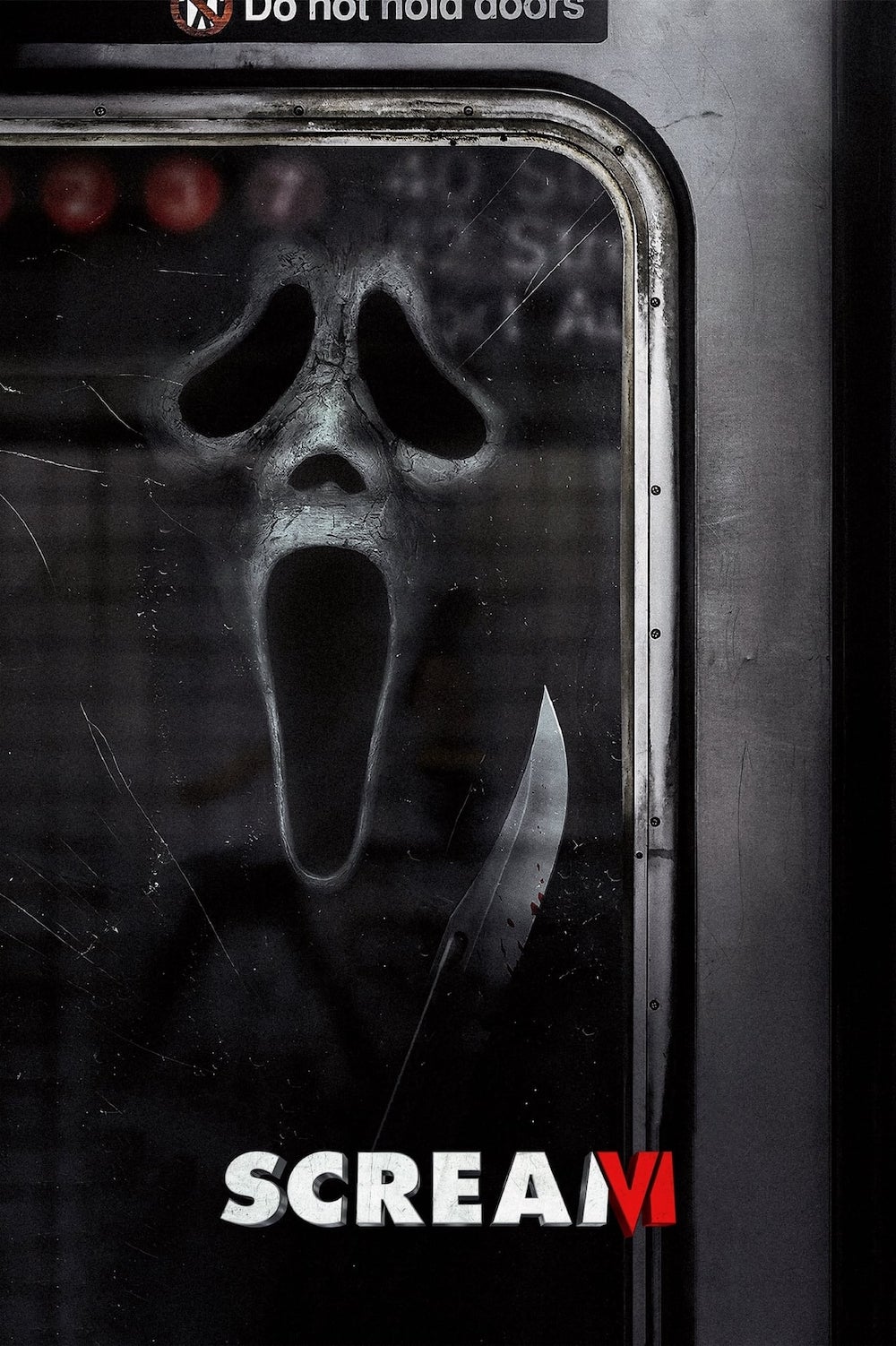
directors: Matt Bettinelli-Olpin & Tyler Gillett.
writers: James Vanderbilt & Guy Busick (based on characters created by Kevin Williamson).
starring: Melissa Barrera, Jasmin Savoy Brown, Jack Champion, Henry Czerny, Mason Gooding, Liana Liberato, Dermot Mulroney, Devyn Nekoda, Jenna Ortega, Tony Revolori, Josh Segarra, Samara Weaving, Hayden Panettiere & Courteney Cox.
